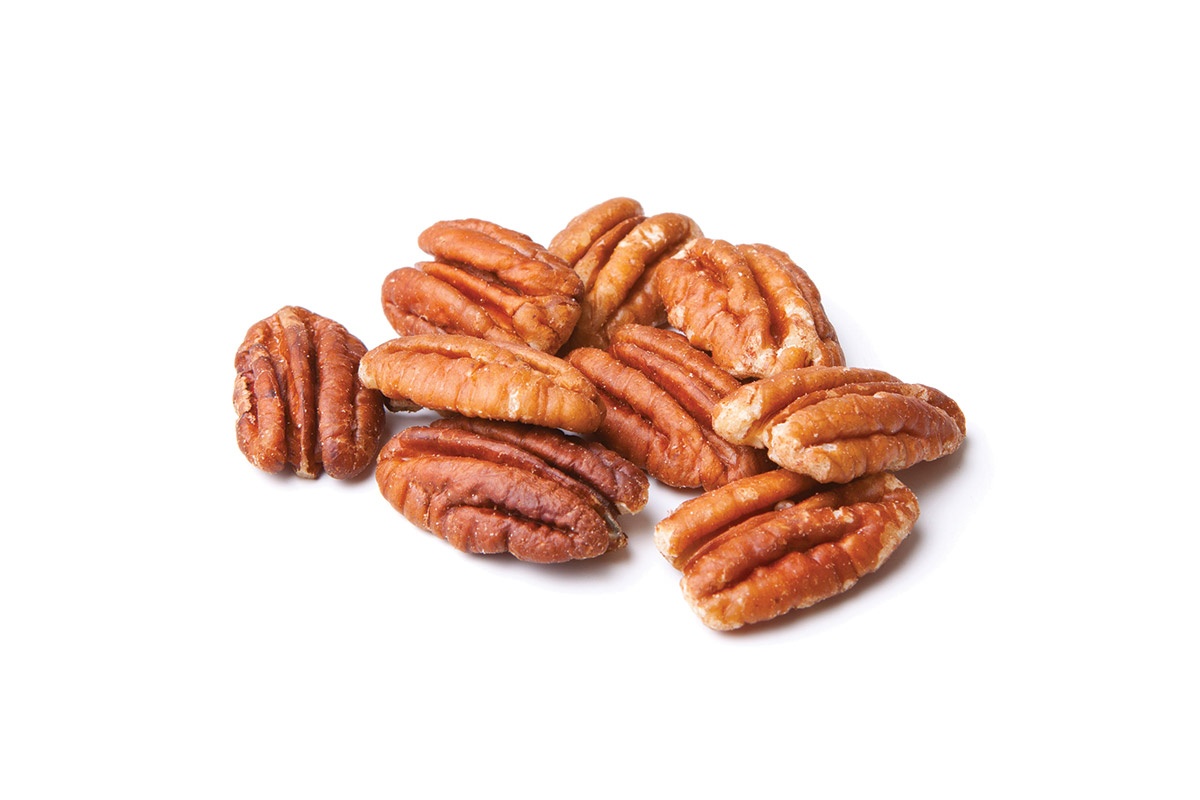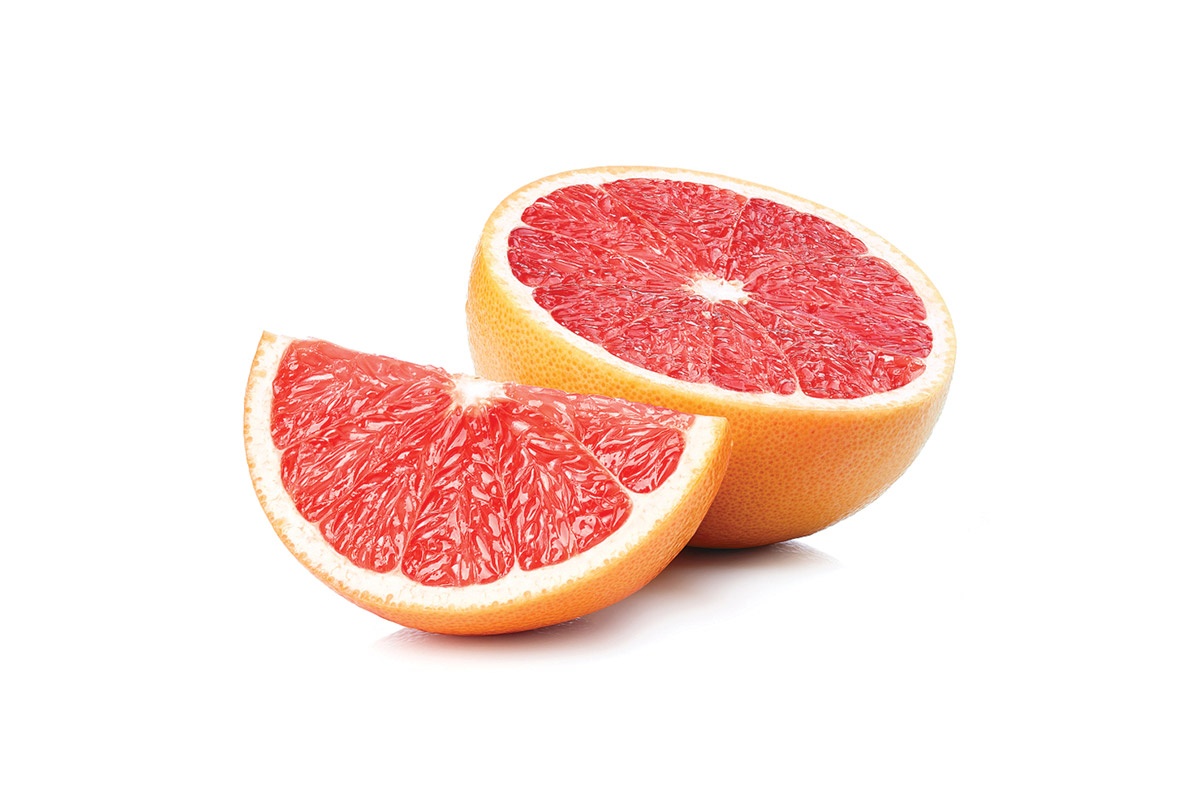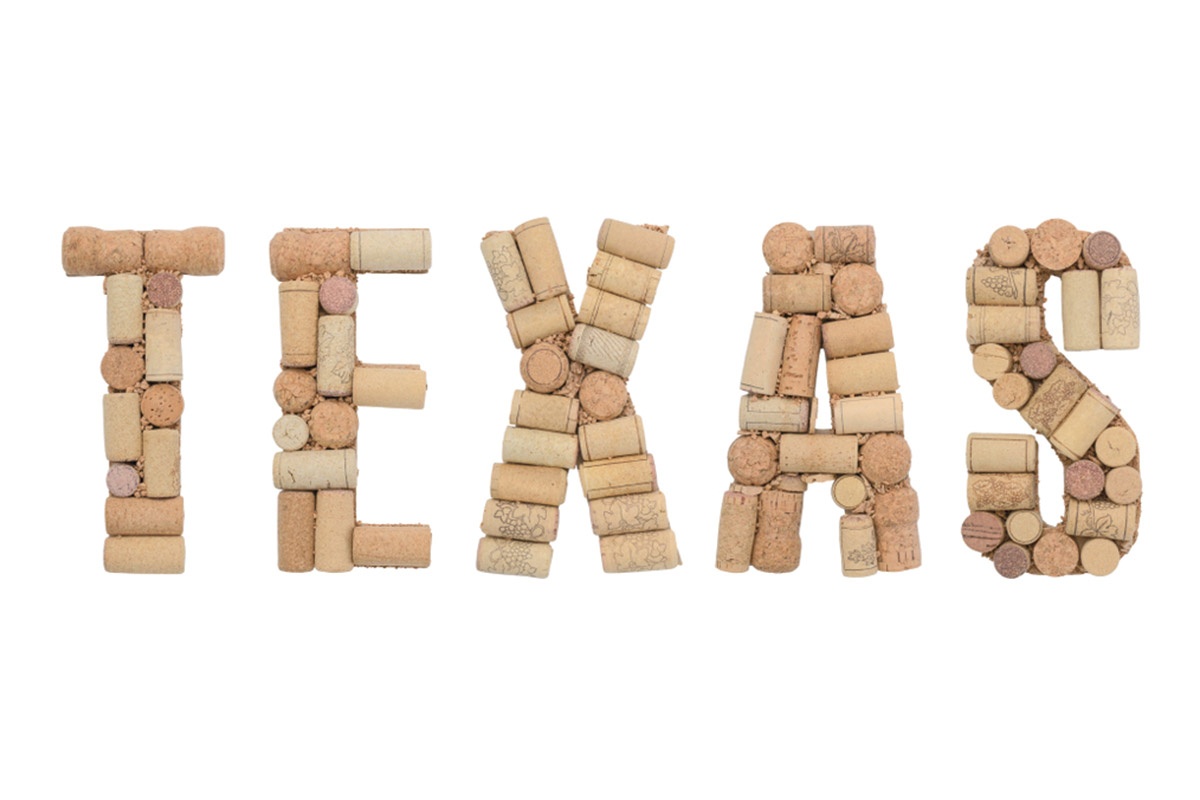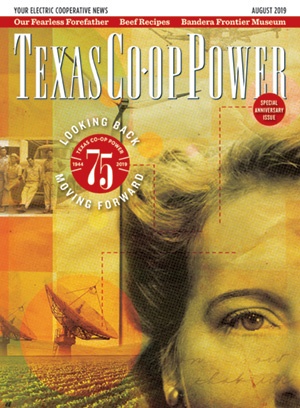Since 1944, the year Texas Co-op Power debuted, rural Texas has faced unprecedented droughts, benefited from advancements in farm equipment and celebrated red grapefruit.

Neil Lockhart | Dreamstime.com
1945: The farm-to-market road system comes into being.
1946: The Texas High School Rodeo Association, the largest such group for high schoolers in the U.S., begins in Hallettsville.
1948: A Colorado farmer invents the center pivot irrigation machine, which revolutionizes irrigation farming.
1948: American youths travel to Europe, and a group of young Europeans come to the U.S., for the first International Farm Youth Exchange.
1949: The Rural Electrification Administration loan program is extended to include telephone cooperatives.
1950: Stihl unveils the first one-person, gasoline-powered chain saw.
1950: Texas’ rural population falls below 50% for the first time—to 37.3%.
1954: Social Security coverage is extended to farm operators.
1957: Texas’ historic seven-year drought ends; the state loses nearly 100,000 farms and ranches in the 1950s.
1957: Minnesota blacksmiths design and build the first skid-steer loader.
1960: International Harvester launches the Cub Cadet as the first lawn and garden tractor produced by a major tractor manufacturer.
1961: King Ranch—825,000 acres in South Texas—is designated a National Historic Landmark.
1962: Allis-Chalmers introduces the world’s first mass-produced tractor with a turbocharged diesel engine.
1965: The Sam Rayburn Reservoir, which covers parts of five counties in East Texas, is created.

Eric Isselee | Shutterstock.com
1966: Electronic monitoring devices allow farmers to plant crops more efficiently.
1969: The dam creating Toledo Bend Reservoir, the largest lake in Texas, is completed.
1970: Geneticist Norman Borlaug receives a Nobel Peace Prize for developing high-yielding, disease-resistant wheat.
1971: The cotton module builder is developed by Lambert H. Wilkes of Texas A&M University.
1972: Vermeer designs and introduces a modern baler to produce big, round hay bales. The first model forms a 6-foot-wide-by-7-foot diameter bale that weighs more than a ton.
1975: The Texas Farm Workers Union is established. It ceased to exist in the 1980s.
1977: Members and supporters of the Texas Farm Workers Union march 420 miles from San Juan, in the Rio Grande Valley, to Austin in support of fieldworkers’ right to vote on union representation.
1978: Hog cholera is declared officially eradicated in the U.S.
1980: John Deere produces a four-row cotton picker, the first in the industry, and estimates the unit will increase operators’ productivity 85%–95%.
1984: Texas researcher Richard Hensz develops the Rio Red grapefruit.
1989: The Native American Seed Company is founded in Argyle. It moved to Junction in 1995.

Baibaz | Shutterstock.com
1994: Farmers begin using GPS to aid use of water, fertilizer and pesticides.
1995: Texas voters approve Proposition 11, which allows land used to manage wildlife to qualify for tax appraisals in the same manner as agricultural land.
2012: The Ogallala Aquifer, a water table under the Great Plains, including West Texas, suffers its worst drop, falling more than 2.5 feet on average, reflecting the terrible toll of 2011, the worst single-year drought in the state’s history.
2012: Texas leads the nation with 248,800 farms and ranches—far fewer than the 420,000 that existed in 1940.
2017: The Hill Country ranks second in wine tourism after Napa Valley. Texas’ wine industry boosts the state’s economy by $13.1 billion and supports more than 104,000 jobs.


